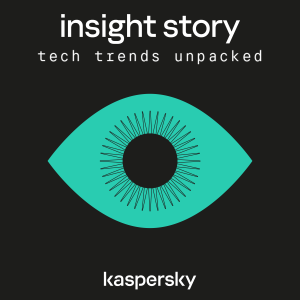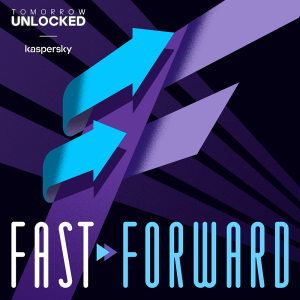Generative Adversarial Networks or GANs are very powerful tools to generate data. However, training a GAN is not easy. More specifically, GANs suffer of three major issues such as instability of the training procedure, mode collapse and vanishing gradients.
In this episode I not only explain the most challenging issues one would encounter while designing and training Generative Adversarial Networks. But also some methods and architectures to mitigate them. In addition I elucidate the three specific strategies that researchers are considering to improve the accuracy and the reliability of GANs.
The most tedious issues of GANs
Convergence to equilibrium
A typical GAN is formed by at least two networks: a generator G and a discriminator D. The generator's task is to generate samples from random noise. In turn, the discriminator has to learn to distinguish fake samples from real ones. While it is theoretically possible that generators and discriminators converge to a Nash Equilibrium (at which both networks are in their optimal state), reaching such equilibrium is not easy.
Vanishing gradients
Moreover, a very accurate discriminator would push the loss function towards lower and lower values. This in turn, might cause the gradient to vanish and the entire network to stop learning completely.
Mode collapse
Another phenomenon that is easy to observe when dealing with GANs is mode collapse. That is the incapability of the model to generate diverse samples. This in turn, leads to generated data that are more and more similar to the previous ones. Hence, the entire generated dataset would be just concentrated around a particular statistical value.
The solution
Researchers have taken into consideration several approaches to overcome such issues. They have been playing with architectural changes, different loss functions and game theory.
Listen to the full episode to know more about the most effective strategies to build GANs that are reliable and robust.
Don't forget to join the conversation on our new Discord channel. See you there!
More Episodes
AI in the Enterprise with IBM Global AI Strategist Mara Pometti (Ep. 171)
 2021-10-11
2021-10-11
Speaking about data with Mikkel Settnes from Dreamdata.io (Ep. 170)
 2021-09-24
2021-09-24
Send compute to data with POSH data-aware shell (Ep. 169)
 2021-09-14
2021-09-14
How are organisations doing with data and AI? (Ep. 168)
 2021-09-07
2021-09-07
Don't fight! Cooperate. Generative Teaching Networks (Ep. 167)
 2021-08-31
2021-08-31
CSV sucks. Here is why. (Ep. 166)
 2021-08-24
2021-08-24
Reinforcement Learning is all you need. Or is it? (Ep. 165)
 2021-08-17
2021-08-17
What's happening with AI today? (Ep. 164)
 2021-08-11
2021-08-11
2 effective ways to explain your predictions (Ep. 163)
 2021-08-03
2021-08-03
The Netflix challenge. Fair or what? (Ep. 162)
 2021-07-22
2021-07-22
Artificial Intelligence for Blockchains with Jonathan Ward CTO of Fetch AI (Ep. 161)
 2021-07-15
2021-07-15
Apache Arrow, Ballista and Big Data in Rust with Andy Grove RB (Ep. 160)
 2021-07-08
2021-07-08
GitHub Copilot: yay or nay? (Ep. 159)
 2021-07-06
2021-07-06
Pandas vs Rust [RB] (Ep. 158)
 2021-07-01
2021-07-01
A simple trick for very unbalanced data (Ep. 157)
 2021-06-22
2021-06-22
Time to take your data back with Tapmydata (Ep. 156)
 2021-06-15
2021-06-15
True Machine Intelligence just like the human brain (Ep. 155)
 2021-06-04
2021-06-04
Delivering unstoppable data with Streamr (Ep. 154)
 2021-05-26
2021-05-26
MLOps: the good, the bad and the ugly (Ep. 153)
 2021-05-24
2021-05-24
MLOps: what is and why it is important Part 2 (Ep. 152)
 2021-05-19
2021-05-19
Create your
podcast in
minutes
- Full-featured podcast site
- Unlimited storage and bandwidth
- Comprehensive podcast stats
- Distribute to Apple Podcasts, Spotify, and more
- Make money with your podcast
It is Free
You may also like

Insight Story: Tech Trends Unpacked


Zero-Shot


Fast Forward by Tomorrow Unlocked: Tech past, tech future


Lex Fridman Podcast


Elliot in the Morning

- Privacy Policy
- Cookie Policy
- Terms of Use
- Consent Preferences
- Copyright © 2015-2024 Podbean.com




 iOS
iOS Android
Android